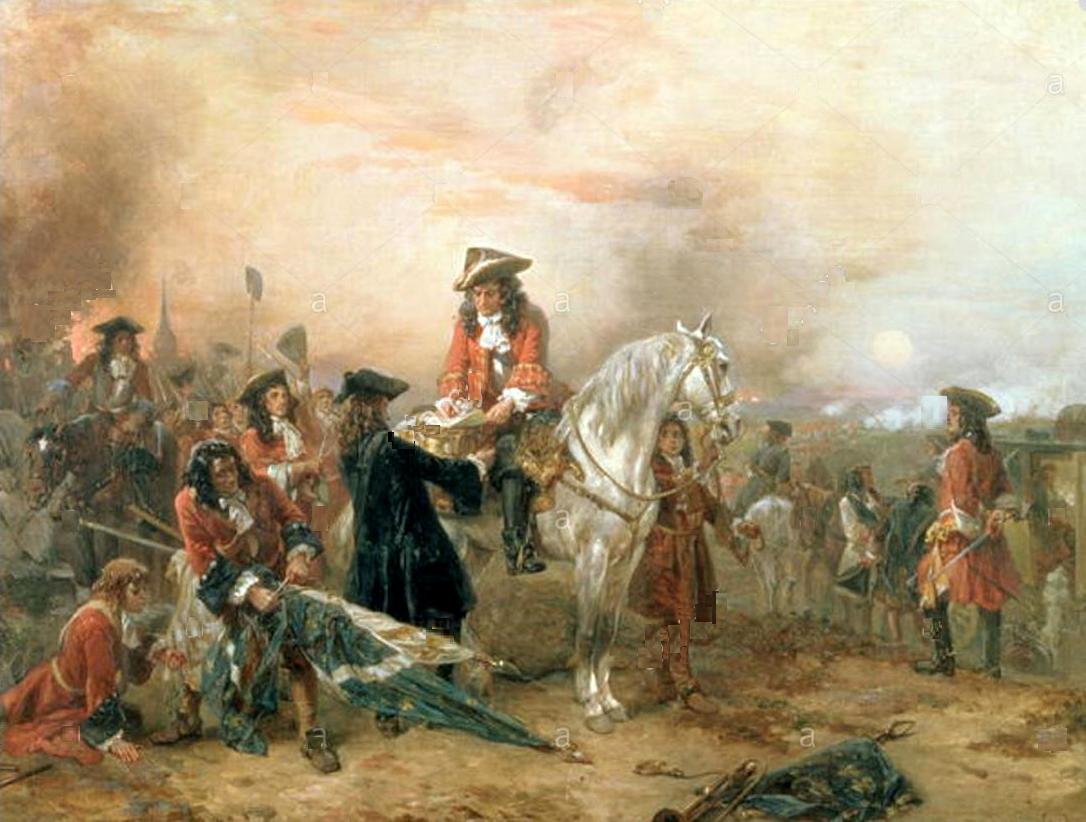
Figure 1.--Here the Duke of Marlborough is depicted signing the despatch at Blenheim reporting the great victory (1704). The scene was painted by Robert Alexander Hillingford in 1828. |

|
Marlbourgh oversaw perhaps the most brilliant series of military engagements in British history, and not along the coast and in Britain. This was another war against Louis XIV's great armies. Louis sought to force the Holy Roman Emperor, Leopold, out of the war by seizing his capital, Vienna. He thus could have demanded a advantageous peace settlement. The dangers to Vienna were considerable--the greatest since Sulliman's siege (17th century). Marlbourgh gained his victories deep in the heart of Central Europe and often against superior forces. No other British commander has a comparable record. Marlborough conducted ten victorious campaigns, carrying out over over 30 major sieges, and amazingly never lost a single battle. After Marlbourogh's initial success in the Low Countries, the Grand Coalition faced a major crisis. The French supported by the Bavarians attacked the Austrians and were moving toward Vienna. Only English support could save Austria which was a principal member of the coalition. Fighting in the Low Countries was one thing, there the English Army was never far from a Channel or North Sea port where the Royal Navy could deliver supplies and reinforcements. An English army had never before ventured deep into the hear of Europe and would never do so again until Wold War II. Louis XIV of France sought to knock the Holy Roman Emperor, Leopold, out of the war by seizing Vienna, the Hapsburg capital, and gain a favorable peace settlement. The dangers to Vienna were considerable. To aid the Austrians, Marlborough, demonstrated his mastery of military tactics and strategy. He marched his army 250 miles across Germany to engage the and defeat the main body of the French Army at Blenheim (1704). There he secured the greatest battle victory in British Army history. He destroyed two thirds of the French Army and capturing its commander, Marshall Tallard. The overwhelming Allied victory led by Marlbourgh ensured the safety of Vienna from the large Franco-Bavarian army, thus preventing the collapse of the reconstituted Grand Alliance. Even after the French defeat at Blenheim, however, the war continued. Fighting occurred in the Low Countries, Italy, and Spain. Neither side could decisively defeat the other and a stalemate resulted. Marlborough and Prince Eugène succeeded in a serious of important victories after Blenheim, including Gibraltar (1704), Ramillies (1706), Oudenarde (1708), and Malplaquet (1709). There was also many engagements of sea. The English Navy was especially interested in Spanish treasure ships. Since the 16h century Spanish gold and silver had been a target of the English. One of these engagements was the Battle of Baru, also known as Wager's Action (1708). This was a battle between a British squadron and a Spanish treasure fleet, resulting in a significant English victory. A part of the action was the San José', the Spanish flagship which was filled with with 200 tons of gold, silver, and emeralds. Some believe the ship's treasure cargo to be worth something like $20 billion today. Unfortunately the British faild to take it--they sunk it. The San José has since been found leading to a huge legal fight. It is the 'holy grail' of shipwrecks. Salvage is complicated by the many claiments. They include: Spain (which launched it), Colombia (where the wreck lays), the American salvage company that found it, and Indigenous groups (whose enslaved people mined much of the gold and silver in Bolivia--the emeralds were mined in Clolombia).
Navigate the Children in History Website:
[Return to Main War of the Spanish Sucession page]
[Return to Main 18th century war page]
[Return to Main Peace oif Utrecht page]
[About Us]
[Introduction]
[Biographies]
[Chronology]
[Climatology]
[Clothing]
[Disease and Health]
[Economics]
[Freedom]
[Geography]
[History]
[Human Nature]
[Ideology]
[Law]
[Nationalism]
[Presidents]
[Religion]
[Royalty]
[Science]
[Social Class]
[Bibliographies]
[Contributions]
[FAQs]
[Glossaries]
[Images]
[Links]
[Registration]
[Tools]
[Children in History Home]
